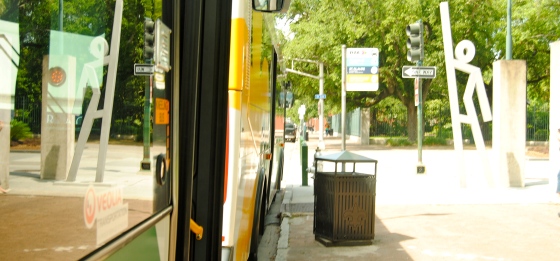By Kirsten Howard and Allie Goldstein
July 20-21, 2014
Nearly two years after Superstorm Sandy made landfall in New Jersey, the main drag in the town of Sea Bright, looks almost normal again. Beach-goers unload umbrellas and coolers from the oceanside parking lot. Restaurant-goers order brunch at the sidewalk cafes. Mrs. Rooney, the widow of Sea Bright’s former mayor, is stationed at her hot dog stand, which first opened in 1965.
Sea Bright’s 1,400 or so permanent residents put on a good face to get the tourists that are the lifeblood of their economy back in town. But it only takes a slightly closer look to see the wounds below the band-aids.












